
Prof Sithandiwe Mazibuko-Mbeje
Type 2 diabetes a silent killer: addressing insulin resistance and obesity (read more)
Prof Sithandiwe Mazibuko-Mbeje
Type 2 diabetes a silent killer: addressing insulin resistance and obesity
Diabetes mellitus is among the top ten leading causes of death worldwide. Globally, over 537 million adults are living with diabetes. Of these, 24 million cases are from Africa, and the latter is predicted to grow by 129% by 2045. Type 2 diabetes (T2D), which contributes to about 95% of all cases of diabetes, is characterised by insulin resistance and hyperglycaemia that emerge as adverse outcomes of morbid obesity. It is widely accepted that an unhealthy diet is one of the major risk factors for chronic diseases, particularly obesity and T2D. In contrast to an unhealthy diet like a high-sugar and high-fat diet, a healthy diet is a foundation for health, well-being, optimal growth and development. This indicates that we should be mindful of the food we consume on a daily basis, as it plays a fundamental role in human health and quality of life. In my research, I focus on T2D models and the use of natural compounds to combat risk factors associated with T2D and obesity.
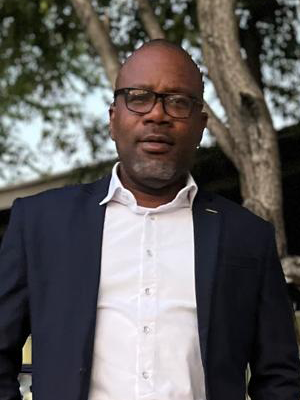
Prof DC Onwudiwe
From macro to nanodimensional regimes: The crucial role of size and shape in achieving sustainable development goals (SDGs) (read more)
Prof DC Onwudiwe
From macro to nanodimensional regimes: The crucial role of size and shape in achieving sustainable development goals (SDGs)
Materials science has always been a cornerstone of technological advancement. Traditionally, materials have been handled in their macroscopic forms, with their bulk properties utilised for various applications. However, a deeper understanding of the intrinsic properties of micro and nanotechnology that is gained by delving into the realms of technology reveals that the properties of materials can dramatically change with variations in size and shape. This phenomenon is not just a scientific curiosity but a gateway to innovative solutions that can drive sustainable development. The transformative impact of materials science and nanotechnology in addressing critical global challenges encapsulated by the Sustainable Development Goals (SDGs) of the United Nations is explored in this lecture. It discusses the current and future capabilities specifically of materials whose size is in the nanometric dimension and how they align with and support the SDGs. By delving into the significance of dimensionality and morphology of materials, ranging from macroscopic to nanoscopic scales, the lecture highlights the design of nanodimensional binary, ternary, composite and heterojunction nanomaterial systems. These materials were effectively utilised to remove different organic, inorganic and microbiological contaminants in water through the sustainable process of photocatalysis. The presenter’s role in the manipulation of the size and shape of nanomaterials as versatile, efficient, cost-effective and environmentally acceptable solutions to the menace of microbial resistance and eradication of tumour cells is showcased. Finally, the development of novel technologies through the epitaxial growth of nanomaterials and fabrication of positive-intrinsic-negative (p-i-n) layered structure, coated with a transparent conducting oxide (TCO), as low-cost material with high energy conversion efficiency is discussed. It concludes by emphasising interdisciplinary research and collaboration, showcasing the pivotal role of cutting-edge science in paving the way toward a sustainable future.
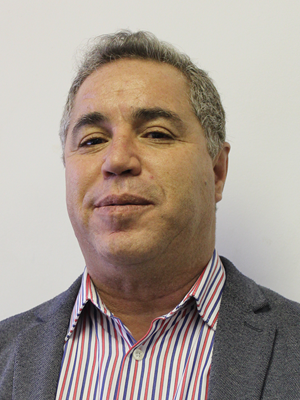
Prof Rachid Ouifki
Mathematical insights into the complex dynamics of communicable and non-communicable diseases (read more)
Prof Rachid Ouifki
Mathematical insights into the complex dynamics of communicable and non-communicable diseases
This lecture examines the dynamics of communicable and non-communicable diseases through the lenses of mathematical modelling. It begins by exploring HIV-TB co-infection near Cape Town, followed by the impact of healthcare workers’ training on infectious diseases in Uganda, along with the influence of climate and human mobility on malaria in Ethiopia and South Sudan, and the potential effects of transmission-blocking drugs on malaria in South Africa. The lecture also delves into cancer modelling, focusing on interactions between cancer cells, the immune system and virotherapy. Key mathematical tools, including ordinary and delayed differential equations, stochastic differential equations and optimal control theory, are also presented.
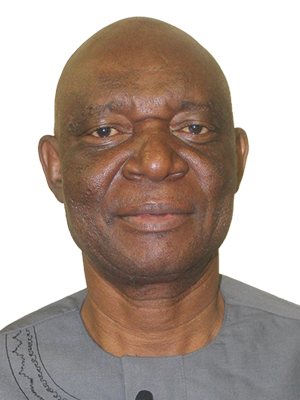
Prof Michael Bukohwo Esiefarienrhe
Software – the backbone of technological development and innovation (read more)
Prof Michael Bukohwo Esiefarienrhe
Software – the backbone of technological development and innovation
Software drives technology and it is the force behind various innovative and breathtaking projects that make the world a better place. The place of software development research and the role of software engineers in broader computer science research are established in this lecture. Software development life cycles are discussed to reveal the steps software engineers follow when developing software, and the intricacies encountered in the development of software projects. This lecture posits that, for sustained global development and innovations, software should be efficient, built with risk management in mind, secured and maintainable. Minimising software failure should not be the goal – this should be the complete mitigation and elimination of failure from all types of software products. This is a huge responsibility for software engineers, and in this address I therefore discuss the efforts made to achieve the goal in my various research projects, PhD and MSc supervision experiences. At the end of this address, everyone will be clear on how good software development methodologies and theories will enhance the standard of living on the African continent.
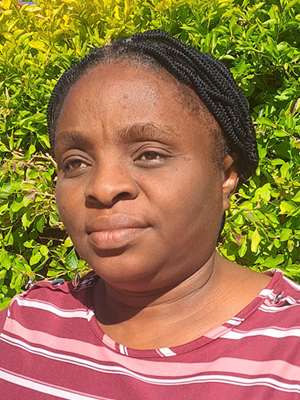
Prof Omolola Esther Fayemi
Nanosensors: The myth behind small things with novel applications (read more)
Prof Omolola Esther Fayemi
Nanosensors: The myth behind small things with novel applications
Nanosensors are incredibly useful for detecting nanoparticles or for monitoring the properties of chemical species on a nanoscale. The properties of these miniaturised materials hold far-reaching benefits of offering innovative solutions that conventional analytical methods cannot achieve. To elucidate this concept, this lecture presents research findings on the synthesis, characterisation and application of nano-based materials through chemical and green-mediated synthesis. It also focuses on materials science to unravel the development of highly sensitive and accurate electrochemical sensors for detecting biological analytes, adulterants, environmental pollutants and heavy metals in real samples.
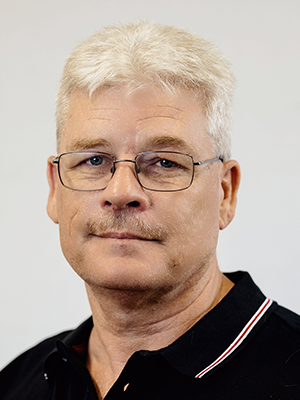
Prof Roelof Coetzer
Data alchemy: transforming information into scientific learning and discovery (read more)
Prof Roelof Coetzer
Data alchemy: transforming information into scientific learning and discovery
Description: Data have many dimensions, most notably dimensions of complexity and volume, varying from laboratory experiments to real-time online data. Data complexity is a function of the problem of interest and depends on the underlying number of variables and volume of data. In this paper, I discuss how to transform data into insight through a process of scientific learning and discovery. Various case studies – from the design of experiments to big data analytics – are used to illustrate the concepts and benefits of employing a process of scientific learning and discovery.
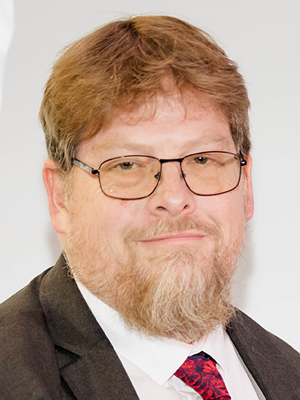
Prof Jonathan Taylor
A curious career in the microscopic world of diatoms (read more)
Prof Jonathan Taylor
A curious career in the microscopic world of diatoms
The development of the microscope in the mid-1600s for the first time revealed a microscopic world. Microscopy was integral to the development of science, and with technological advances in microscopy it was discovered that one rather remarkable group of algae, the diatoms, construct their intricate cell walls from silica. These single-celled photosynthetic organisms have been the subject of detailed study since the 1830s. In my work I continue to describe and document diatom species from central and southern Africa and use them as environmental indicators of the impact of water quality.
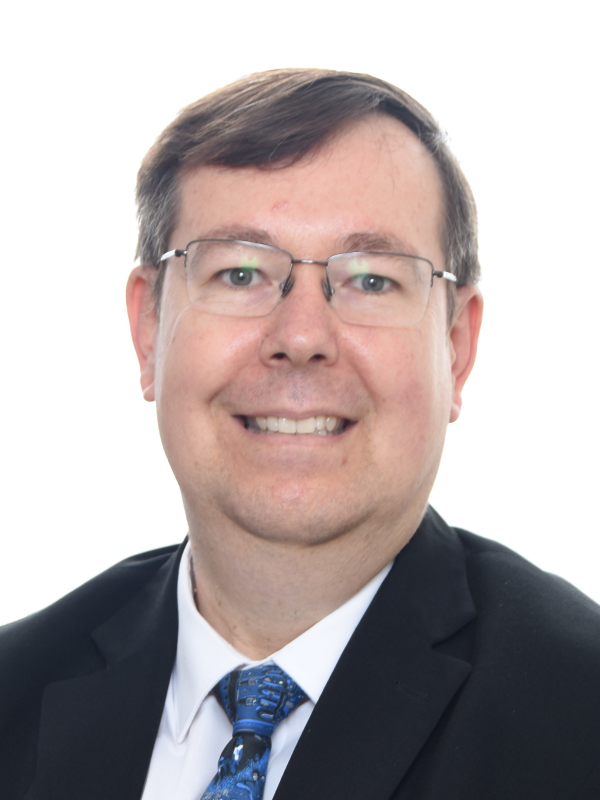
Prof Tiny du Toit
Automating neural networks: pioneering accessible future deep-learning innovations (read more)
Prof Tiny du Toit
Automating neural networks: pioneering accessible future deep-learning innovations
Professor Tiny du Toit's inaugural lecture details his academic journey and future vision in AI, particularly artificial neural networks (ANNs). He recounts his transition during his PhD to automating ANN construction, leading to the development of the AutoGANN system. His postdoctoral work underscores his dedication to advancing AI applications across various fields. Looking ahead, Prof Du Toit aims to improve neural network accessibility, incorporate advanced AI tools in education, and address AI ethics issues. His vision emphasises AI as a means to enhance academic and industrial efforts, fostering innovative and responsible technological integration in society.
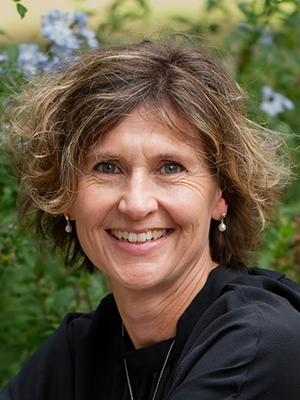
Prof Frances Siebert
For(b) better or for(b) worse, the earth laughs in flowers (read more)
Prof Frances Siebert
For(b) better or for(b) worse, the earth laughs in flowers
Forbs (indigenous wildflowers in the herbaceous vegetation layer) are the most species-rich plant growth form in Africa, where they have various important ecological functions and ecosystem services to offer. The ability of forbs to tolerate natural disturbances such as fire and herbivory, as well as physiological stressors like drought and frost, has shaped their exceptional functional diversity, particularly in below-ground organism types. In my research I study the ecological significance of forbs – from their importance as medicinal and food plants to humans, livestock and game, to their contribution to the below-ground carbon pool in support of global grassland ecosystem conservation.
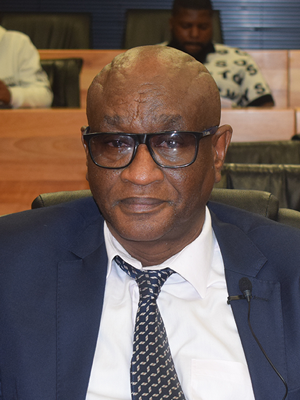
Prof Thekiso Seretlo
The role of finite simple groups in the Clifford Fischer theory, group generations, codes and designs (read more)
Prof Thekiso Seretlo
The role of finite simple groups in the Clifford Fischer theory, group generations, codes and designs
The lecture first looked at the Persian origins of algebra from Mohamed Kawarizmi in the 9th century and the development into abstract or modern algebra in the 19th century. The classification of finite simple groups, a theorem that took over 150 years to develop, was eventually finished in 1984. Finite simple groups can be classified into four types, namely cyclic groups of prime order, alternating groups of a degree greater than 4, groups of Lie type, and the 26 sporadic groups. The largest sporadic group is the Monster, of the order of about 8 x 1053 . From the finite simple groups there was an investigation into maximal subgroups of finite simple groups. Some of these maximal subgroups were group extensions, and Bernd Fischer developed a method called Clifford Fischer to compute the character tables of these groups. These were of split and non-split extensions, where the base was an elementary abelian group. Lastly, we looked at split extensions, where the base was non-abelian. A definition of three group generations and methods to compute them was given, and lastly the definitions of codes and designs and three methods to compute them was given.
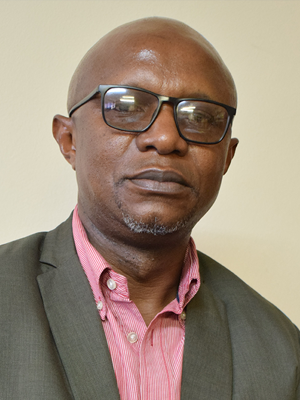
Prof Mulunda Mwanza
Toxigenic fungi and their produced mycotoxins contamination challenge in Africa: Perspective in a climatic change environment on food security and safety (read more)
Prof Mulunda Mwanza
Toxigenic fungi and their produced mycotoxins contamination challenge in Africa: Perspective in a climatic change environment on food security and safety
Mycotoxins are secondary metabolites that are produced by filamentous fungi such as Fusarium, Aspergillus and Penicillium. They are produced in certain environmental conditions such as nutrient availability, stress, temperature, humidity and pH that determine the production conditions . Among the most important mycotoxins are aflatoxins, fumonisins, DON and ochratoxin. The fungi and mycotoxins cause negative effects in plants, animals and humans. Environmental variabilities and mainly climate change have an effect on fungal occurrence and mycotoxin production. This has been demonstrated in our study over years.
